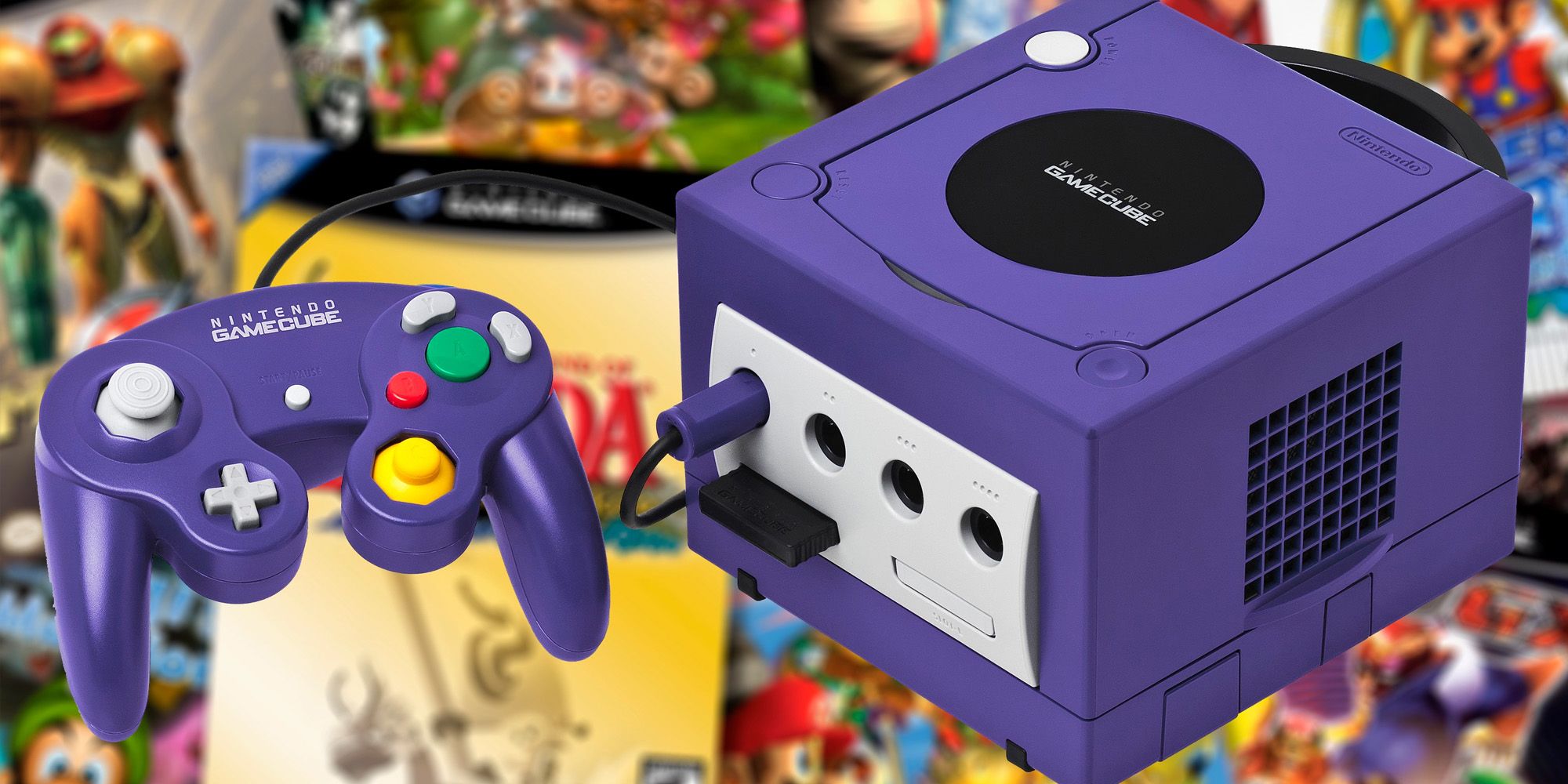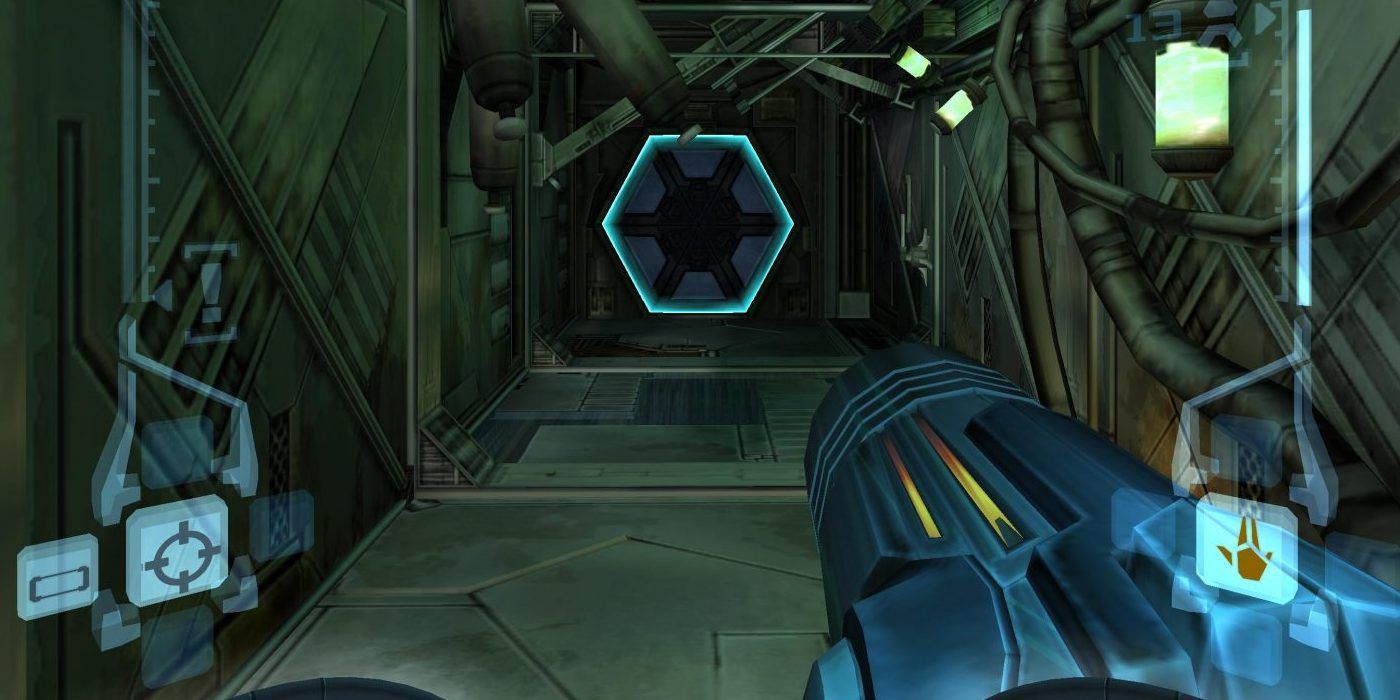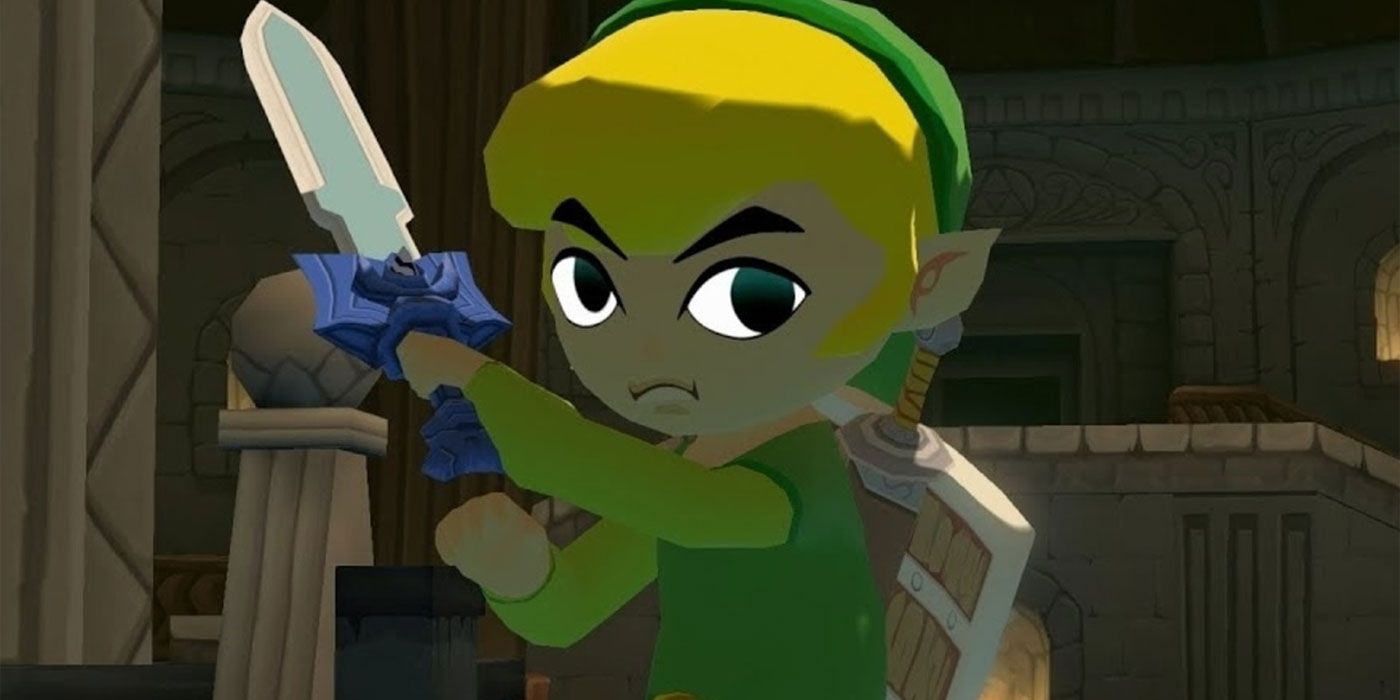Just as this year marks the 25th anniversary of the Nintendo 64, it also stands as the 20th anniversary of the home console's eventual successor, the GameCube. First released in Japan in September 2001 before launching in North America the following November, the GameCube was the last major Nintendo home console to directly compete with its contemporaries in regards to conventional gameplay and technical capabilities. And while the console did not fare as well as Nintendo hoped against rival consoles like the PlayStation 2 and Xbox, the GameCube's relative commercial underperformance pushed the company to innovate further, both in regards to hardware and software.
Development on what would become the GameCube began in 1998, with the console intended to correct the issues the company saw with the Nintendo 64 while doubling down on that console's strengths, most notably the popularity of its multiplayer titles. This led to the GameCube being designed as a more compact console that emphasized portability (complete with its own handle) with the intention for players to carry it to friends' houses. The console's controller was designed to be more naturally ergonomic than the N64, with a more curved shape and C-stick rather than four individual C buttons.
With the cartridge-based games and the N64's hardware being more difficult and expensive to develop for than its disc-based competitors, the GameCube was the first Nintendo console to employ discs instead of cartridges as its primary media. To prevent software piracy and unauthorized games, Nintendo published games on miniDVD discs. These proprietary to Nintendo, but possessed significantly less storage space than Xbox and PS2 DVD discs, leading several larger GameCube games to require multiple discs.
The reduced production costs led to some impressive third-party titles initially released exclusively for the GameCube -- and an overall increase in the number of third-party games over the N64 -- with the Star Wars: Rogue Squadron sequels, a trilogy of Resident Evil games, Metal Gear Solid: The Twin Snakes and Super Monkey Ball launching on the console. However, one of the more striking things about the GameCube was its first-party exclusives, with Nintendo experimenting more with its established properties and introducing new ones.
While games like Super Smash Bros. Melee and Super Mario Sunshine deepened gameplay experiences from their predecessors, games like Star Fox Adventures and Luigi's Mansion took franchises in radically different directions. The second-party developed Eternal Darkness: Sanity's Requiem became the first M-rated game published by Nintendo, while Metroid made the jump to first-person gameplay in Metroid Prime and The Legend of Zelda took on a dazzling cel-shaded animation style with Wind Waker. In addition to established franchises, the GameCube saw the launch of Animal Crossing and Pikmin, which both became fan-favorite series in their own right.
Despite all of its innovations and changes to reflect the industry and its developers, however, the GameCube severely underperformed below Nintendo's expectations. While Nintendo President Satoru Iwata anticipated the console would sell 50 million units over the course of its lifetime, the GameCube ultimately only shipped 21.7 million. This placed it behind the PS2, original Xbox and N64, which sold 32.9 million during its lifetime.
The GameCube ceded Nintendo's frontrunner position to the original PlayStation. As third-party developers saw the comparatively low sales on the GameCube, it began cancelling projects for the console, while intended console exclusives like Resident Evil 4 were ported to competing consoles.
Once synonymous with the video game industry itself, Nintendo was quickly discovering that it could not stand toe-to-toe against its competitors on a technical level. Taking the lessons it had learned from the GameCube and its increased emphasis on inventiveness and multiplayer, Nintendo shifted to innovations in gameplay rather than advancing technical presentation with its follow-up home console the Nintendo Wii in 2006. The GameCube era saw Nintendo at a crossroads, taking big swings but not connecting as well commercially as it hoped. However, these lessons would eventually put Nintendo back on top as the Wii era loomed on the horizon.



